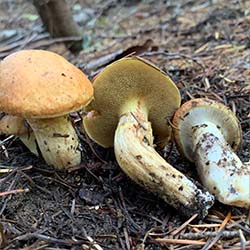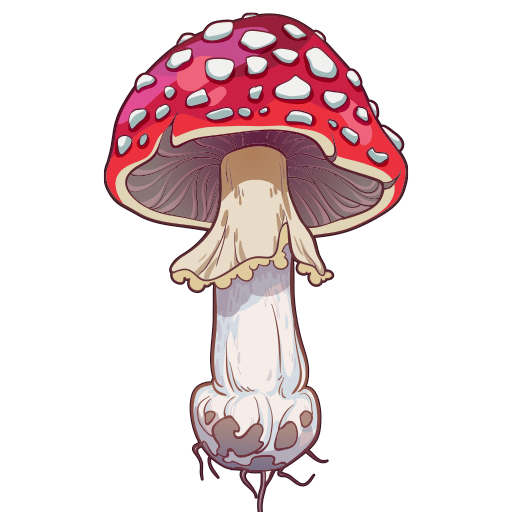Whitebark Pine Pinus albicaulis
The Whitebark Pine grows at a high elevation among the timberline of the Rocky Mountains, as well as the Cascades. In these high elevations, they are subject to high winds that can cause the stunted growth of these trees, and grow many crooked branches. Above the timberline this species will grow to only a mere shrub size, also known as krummholz.
Whitebark Pine is on the endangered species list, having endured outbreaks of the mountain pine beetle as well as a fungus known as blister rust.
Although its bark is thinner than the Ponderosa Pine, and thicker than the Lodgepole pine, this doesn’t give the Whitebark Pine the leg up it needs to be able to thrive. Their cones don’t typically grow in the first few decades of growth, further hurting its chances to regenerate (The Gymnosperm Database).

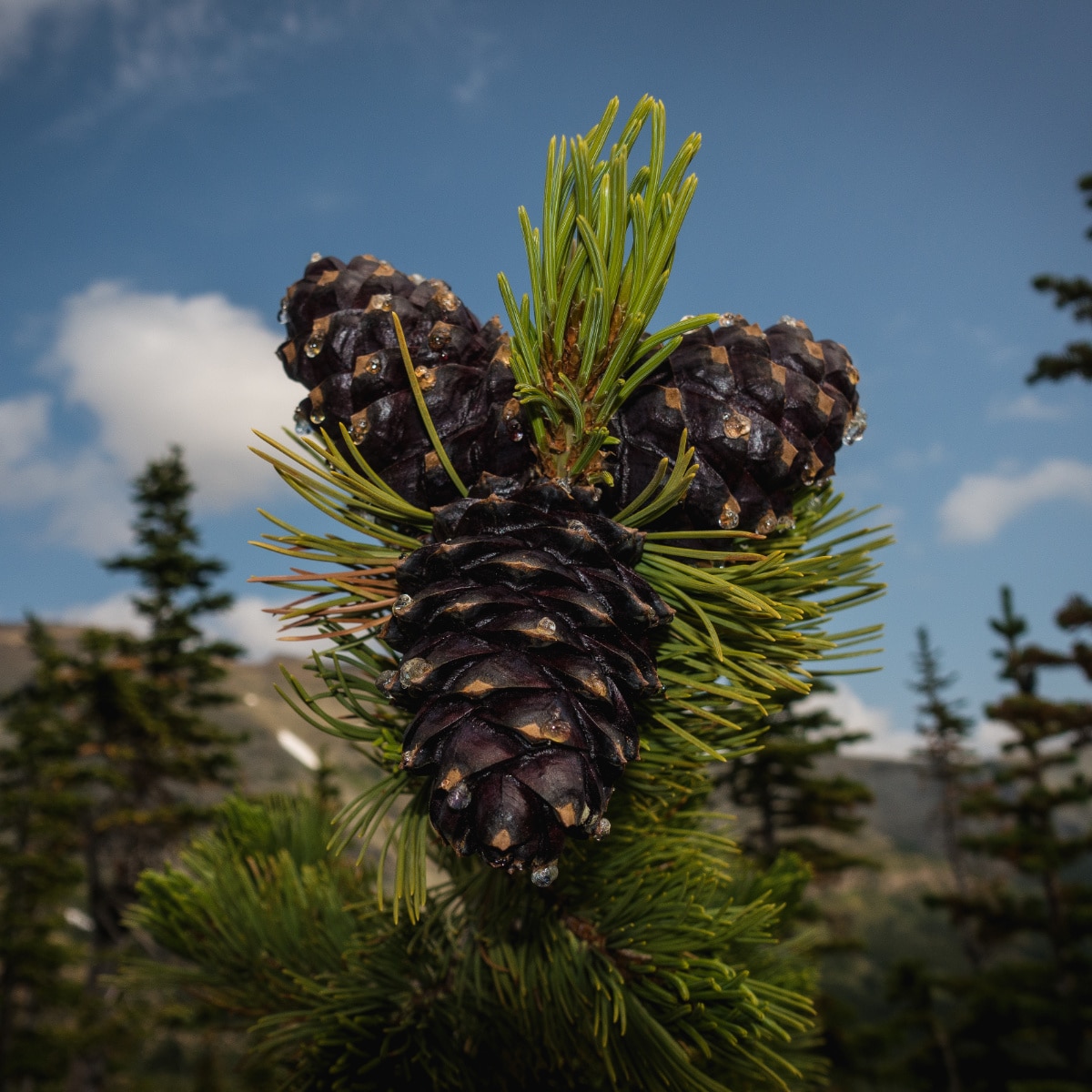
Cones (Female)
- Grow at the tops of tree’s upper branches
- Dark purple
- Ovoid in shape
- 2-3.5 in. long
- Holds around 75 seeds on average, which are a valued food source for animals

Cones (Male)
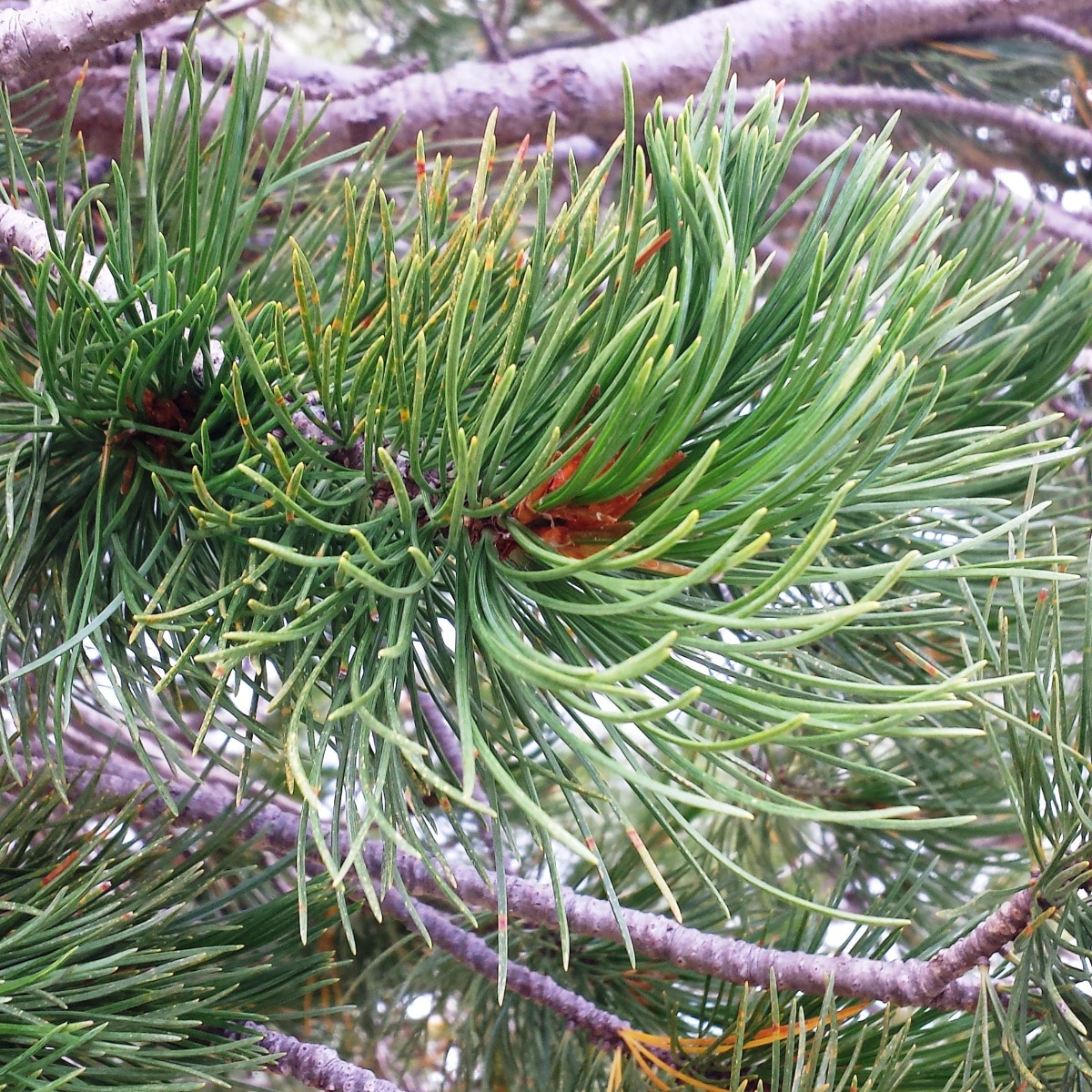
Leaves (needles)

Bark
Did you know?
The seeds in Whitebark Pine cones are a source of food for squirrels, birds, and bears alike, and because of this are more often found in pieces rather than in tact.

Whitebark Pine Distribution in Washington State
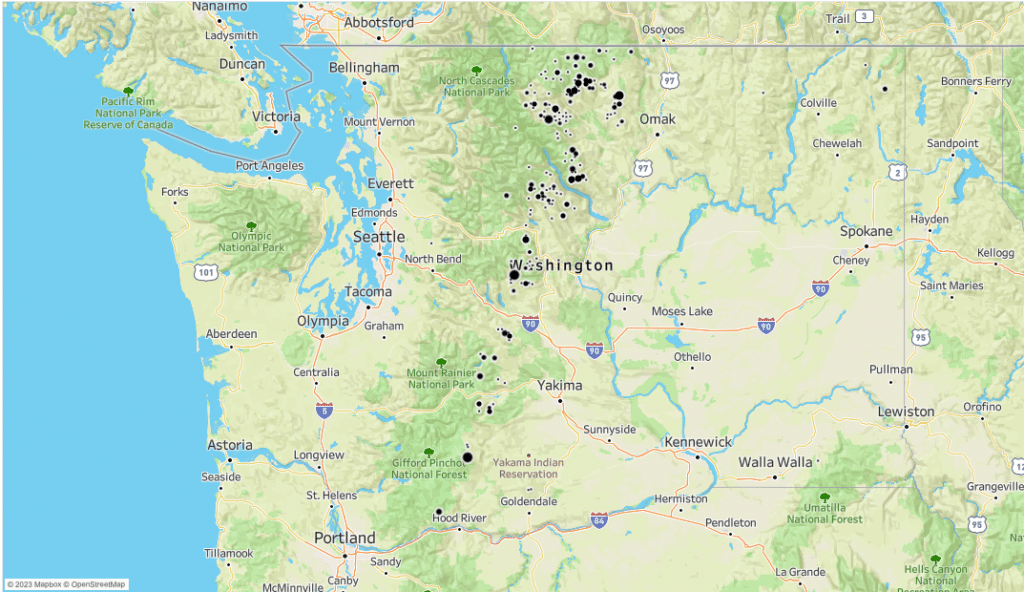
Mushrooms Associated with Whitebark Pine
Agaricus
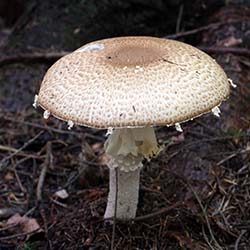
Amanita
Amanita alpina
Amanita aprica
Amanita muscaria
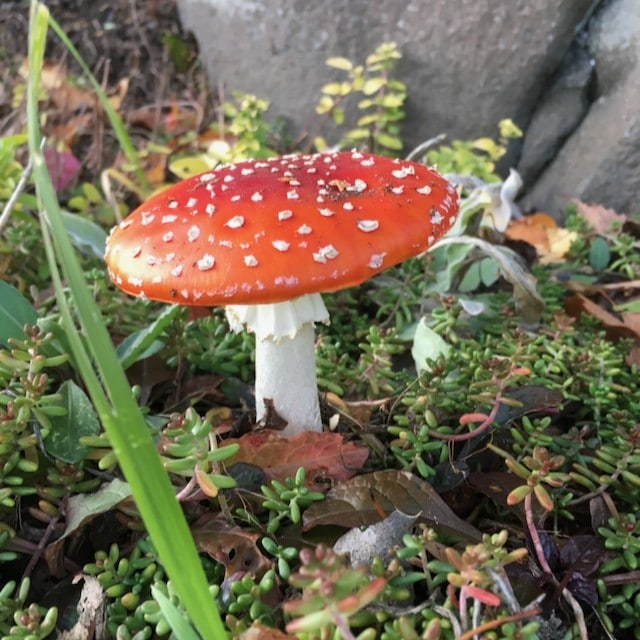
Cortinarius
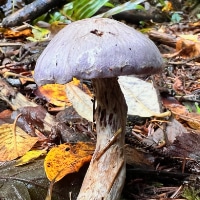
Hydnellum peckii

Hygrophorus subalpinus
Leccinum scarbrum

Suillus
